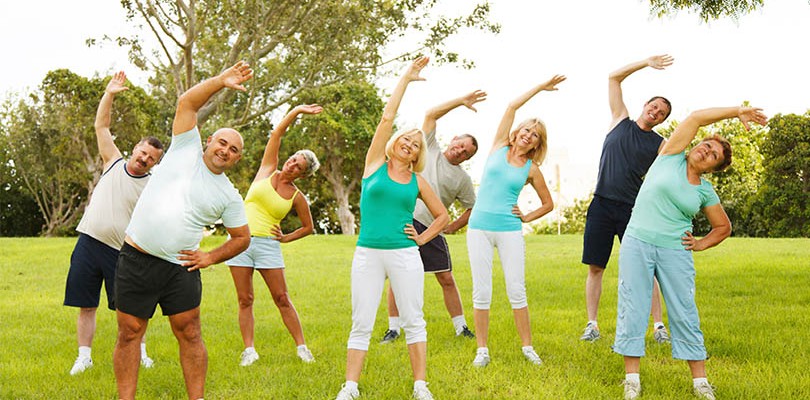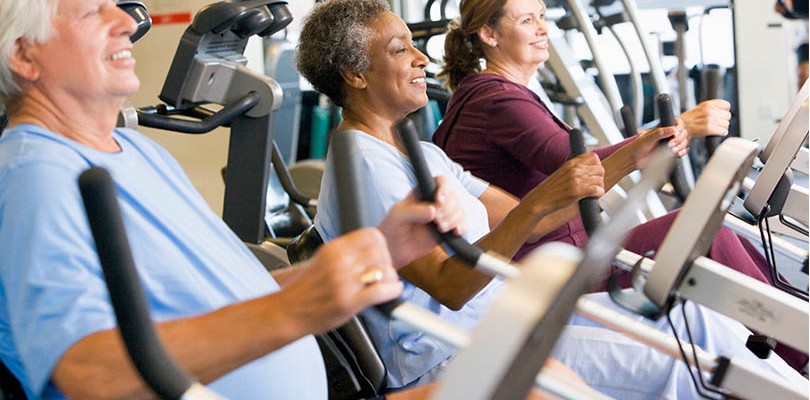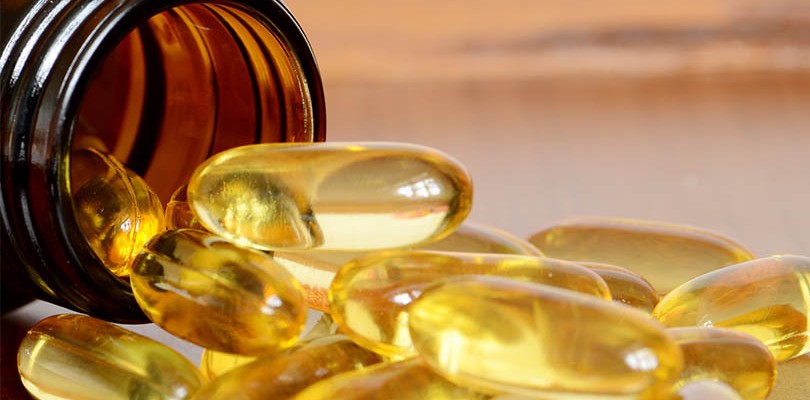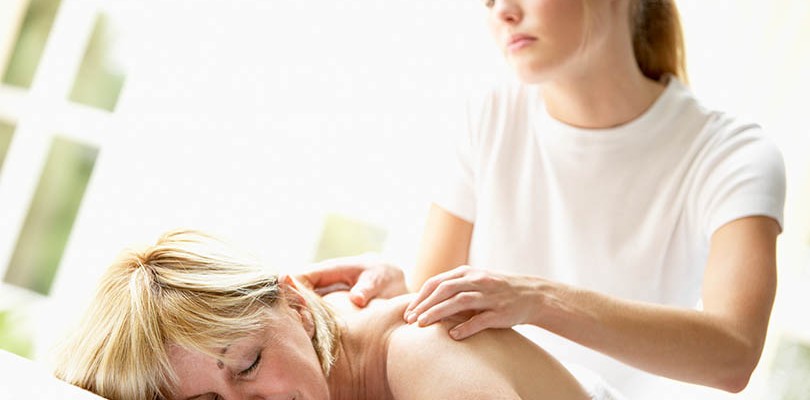
Photo Credit: gemphotography / istockphoto.com
Arthritis Stiffness and Pain
Arthritis pain and stiffness normally come together, but they can’t always be treated in the same way. For instance, anti-inflammatory measures can help reduce the swelling and help with pain, but they might not do much for the stiff muscles surrounding your joints.
Whether you suffer from OA or RA, stiffness can be just as limiting as your other arthritis symptoms, so it’s important to keep your body as loose and limber as possible. Instead of relying on a broad pain reliever, consider these strategies that get to the root of the problem and help your body function more easily and more comfortably.
1. Take Medication Ahead of Time
Morning stiffness is an unfortunate reality for arthritis patients, but you can stay one step ahead of the problem with a bit of planning in the evening. Place a dose of your medication with a glass of water on your nightstand, and set the alarm for an hour before you need to get up. When the bell sounds, take your medication, shut off the alarm, and settle back into bed. You’ll drift back to sleep and when it comes times to wake up for the day, your body will have a head start. If your medication should be taken with food, simply add a small snack to your pre-breakfast water and medication routine.

Photo Credit: mikanaka / istockphoto.com
2. Practice Range of Motion Exercises
Certain exercises are better than others when it comes to releasing locked joints and stretching out the surrounding muscles. Always work on increasing and maintaining your range of motion with a variety of gentle, targeted movements for your arms, legs and spine. You may want to work from your head down (or start at your feet and move up) so you don’t neglect any joints that may need a bit of tender care: roll the head slowly from side to side, the shoulders back and forth, then the wrists in clockwise and counter clockwise directions is a good way to begin. Controlled side bends and truck twists are good for the spine, while standing leg swings are good for the hips.

Photo Credit: hlphoto / istockphoto.com
3. Focus on Breakfast
Those with RA need to protect their joints but also repair the damage that their autoimmune response causes, and one of the best ways to do that is with good nutrition. After eight hours with no food, your body really needs a boost to rejuvenate cells and help you get moving to loosen up your joints.
Aim for a light but balanced breakfast, with protein, wholesome carbohydrates and a bit of healthy fat. A small portion of nuts or nut butter plus a piece of fruit and some oatmeal is one example, or perhaps a poached egg on wholegrain toast with a glass of milk and a banana sounds better to you. In any case, a range of nutrients and minerals is the best way to start your day.

Photo Credit: tetmc / istockphoto.com
4. Drop a Few Pounds
Arthritis strains the joints, and you don’t want to makes things worse by carrying extra weight. Standing, walking and climbing stairs puts a significant amount of pressure on your joints – up to five times your bodyweight, in fact.
It follows that the less you weigh, the easier it is for your joints to move, and the less burden they have to bear. Research shows that for every pound of weight you lose, you’ll also enjoy three less pounds of stress on your knees and six pounds less stress on your hips. Weight loss doesn’t happen overnight, but if you can commit to a leaner lifestyle, you will undoubtedly begin to notice a difference in your joints within weeks.
There are certain osteoarthritis hip exercises that can improve pain and stiffness. Learn what they are and how to perform them here.

Photo Credit: mikrus / istockphoto.com
5. Use Heat Therapy
Both heat and ice are very therapeutic, but each is used for a different problem. Cold is best when swelling and sharp pain are at play, but stiffness calls for heat: by dilating the blood vessels, heat will increase circulation, allowing more oxygen-rich blood to nourish and relax the stiff and damaged area.
You can use heat therapy in a number of ways, from a homemade heat wrap to melted paraffin wax. A 10 or 15 minute shower is one quick and accessible way to reap the rewards; if you throw a towel and a set of clothes in the dryer beforehand, you can wrap yourself in warmth afterwards to prolong the effects.

Photo Credit: monkeybusinessimages / istockphoto.com
6. Exercise Strategically
One of the very best ways to keep joints strong and limber is with regular exercise, but that can be risky when your joints are vulnerable to swelling. You’ll have to maintain a good balance of rest and activity to build up strength without provoking inflammation or injury, and one way to do that is by breaking up your exercise routine into shorter blocks. Research suggests that a few 10 minute intervals of activity can add up to the benefits of a 30 or 40 minute session. The bottom line is that any activity can help, so find time to fit it into every day.

Photo Credit: areeya_ann / istockphoto.com
7. Add Fish Oil
Omega 3 fatty acids are vital for stifling inflammation and soothing uncomfortable joints, but you can’t always get a therapeutic amount through diet alone. Fish oil capsules are excellent omega 3 delivery systems, since they’re so concentrated and very easy to add to your daily diet. They contain both DHA and EPA, two compounds that can reduce swelling and morning stiffness.
Experts recommend starting with 2 grams a day, and adding a little more if you’re not seeing results after 4 weeks. But don’t go over 3 grams a day – any more will significantly increase your bleeding risk.

Photo Credit: monkeybusinessimages / istockphoto.com
8. Make Time for Massage
Massage may seem like a relatively gentle technique, it can produce some pretty significant results. Manipulating the tissues surrounding the affected joint can release certain hormones involved with blood pressure and heart rate, but recent research suggests massage can also improve almost every aspect of arthritis discomfort. Patients who have regular massage sessions (at least twice a week) report noticeable improvements in joint function, range of motion, and stiffness.
Moderate pressure is the key; too little is often stimulating rather than relaxing, and too much can makes things feel worse. Find a massage therapist who has experience working with arthritis patients to get the most benefit.
In order to relieve arthritis stiffness, you have to stick to your management plan. The less attention you pay to your joints, the more stiffness will build up, and taking a few days off can lead to very uncomfortable results. Remember that movement is your first line of defense, and if you can keep your joints and muscles moving frequently throughout each day, you’ll be able to function better and accomplish more.
Read more about combating stiff joints in the morning over at NewLifeOutlook.
A gluten-free diet for arthritis can be beneficial because it can help reduce inflammation. Here are the common gluten-free foods to consume.








